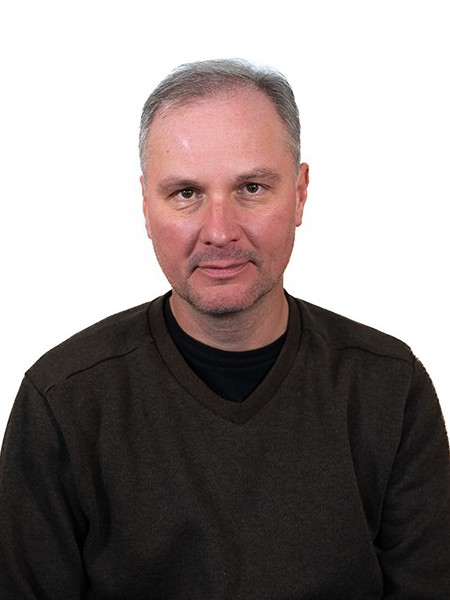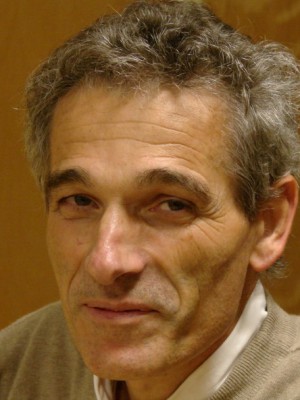resumo
Cellular Al2TiO5 and Al2TiO5 - Al2O3 composite ceramics were obtained by emulsification of liquid paraffin in aqueous suspensions of mixed TiO2 + Al2O3 powders, with subsequent burnout of the organic phase and 2-step reactive firing at high temperatures. The reactants ratio and paraffin to suspension volume ratio were used as primary parameters to control the phase composition and relevant microstructural features, while firing conditions were also adjusted for greater flexibility in designing Al2TiO5-based cellular materials. Taguchi experimental planning was used to assess the relevant impacts of 2-step firing parameters on phase composition and porosity, characterized by detailed XRD/SEM/EDS studies. The results emphasized the positive effects of Al2O3 excess in Al2TiO5 - Al2O3 composite ceramics on stabilization of the Al2TiO5 phase and also for flexible design of cellular materials with controlled porosity and phase distributions. Analysis of correlation matrixes identified the 2-step firing parameters with greatest impact on the porosity and phase composition, and these trends were confirmed by multivariate linear regression. The observed trends indicated significant differences in reactivity and densification mechanisms between compositions with nominal Al2TiO5 stoichiometry and composite materials. These differences were most obvious for samples with significant residual fractions of unreacted titania.
palavras-chave
PARAFFIN EMULSIFIED SUSPENSIONS; ALUMINUM TITANATE FORMATION; SOLID-STATE REACTION; MECHANICAL-PROPERTIES; POROUS AL2TIO5; TIO2 POWDERS; CERAMICS; PHASE; BEHAVIOR; AL2O3
categoria
Materials Science
autores
Lalli, E; Vitorino, NMD; Portugal, CAM; Crespo, JG; Boi, C; Frade, JR; Kovalevsky, AV
nossos autores
Projectos
CICECO - Aveiro Institute of Materials (UID/CTM/50011/2013)
Cellular oxide catalysts for emission lean combustion in porous media (LEANCOMB)
agradecimentos
This work was supported by the FCT Investigator program (grant IF/00302/2012), projects CICECO-Aveiro Institute of Materials (ref. UID/CTM/50011/2013) and LEANCOMB (refs. PTDC/CTM-ENE/2942/2014 and 04/SAICT/2015), financed by COMPETE 2020 Programme and National Funds through the FCT/MEC and when applicable co-financed by FEDER under the PT2020 Partnership Agreement. Eleonora Lalli would like to thank the University of Bologna for financial support (Ph.D. fellowship and Marco Polo program). Carla A. M. Portugal and Joao G. Crespo would like to acknowledge the support by the Associated Laboratory for Green Chemistry LAQV-REQUIMTE, which is financed by national funds from FCT/MEC (UID/QUI/50006/2013) and co-financed by COMPETE 2020 and FEDER under the PT2020 Partnership Agreement (POCI-01-0145-FEDER-007265). The authors are thankful to Artur Sarabando (UA) for his assistance with XRD analysis and to Ana Lucia Horovistiz for her experimental support.




